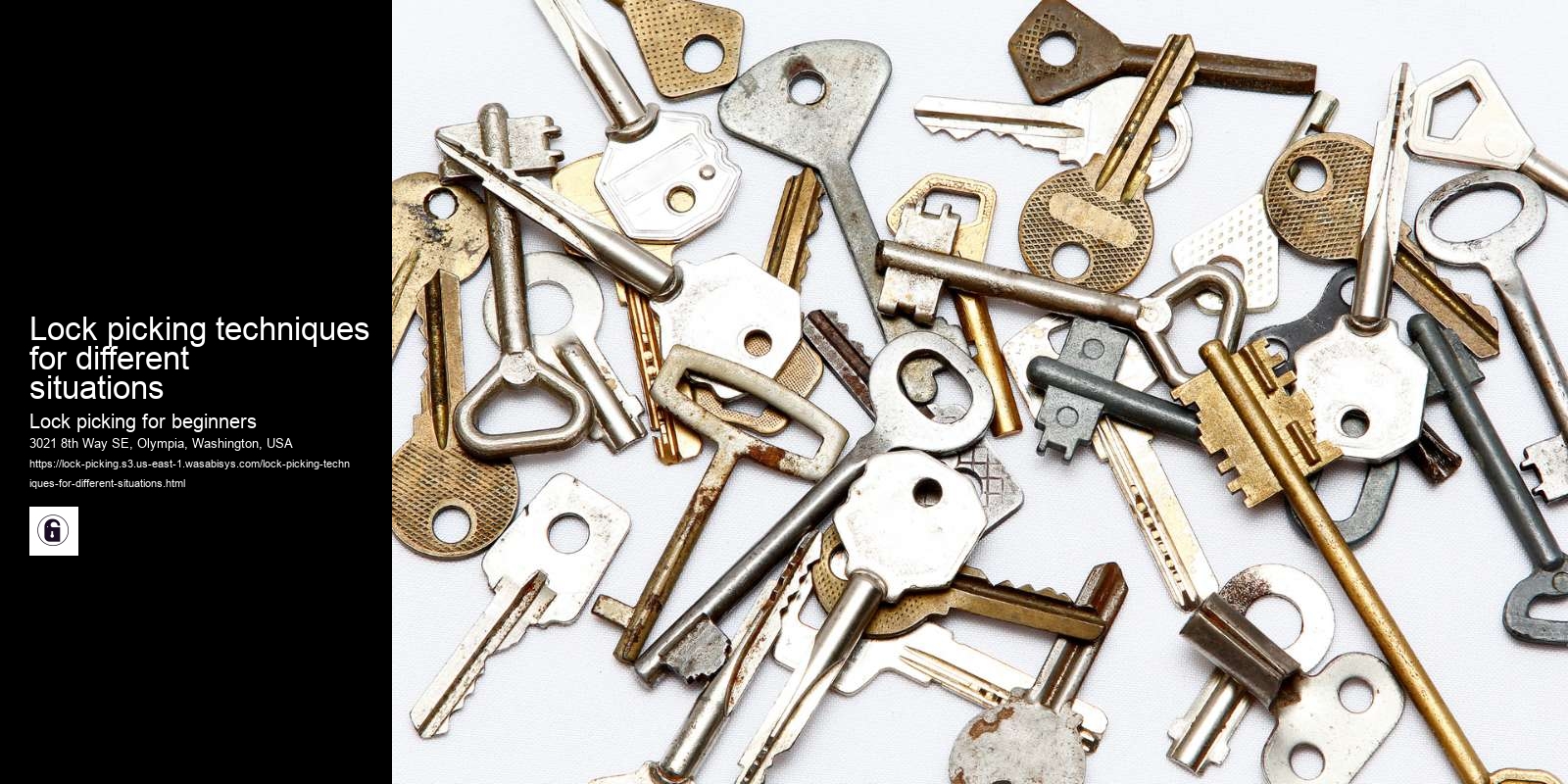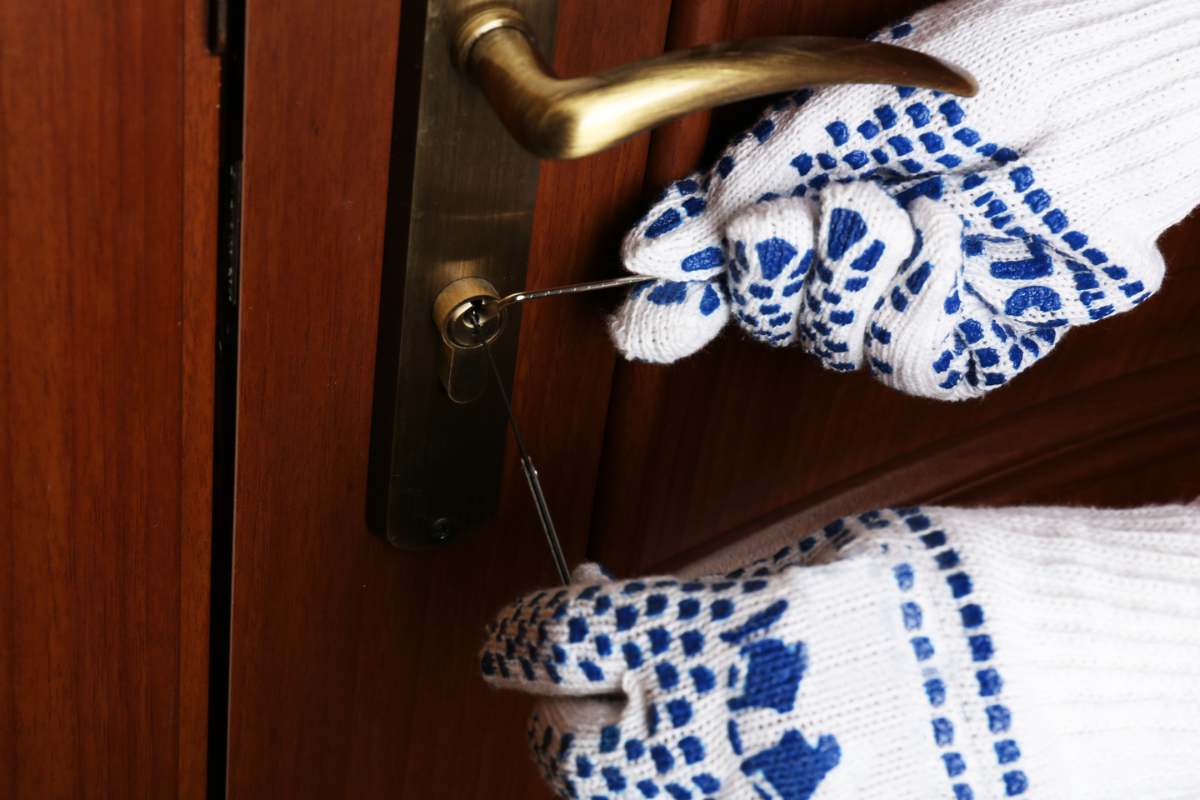How does a bump key work?
A diamond pick, on the other hand, has a flat, diamond-shaped tip that is designed to manipulate multiple pins at once. The tip of the diamond pick is inserted into the lock and wiggled back and forth, which allows the flat edges of the diamond to push up on the pins and lift them to the correct height. Diamond picks are easier to use than hook picks and are often the tool of choice for beginners.
Ultimately, the choice between a hook pick and a diamond pick will depend on the specific lock being picked and the preferences of the picker. Both tools have their strengths and weaknesses, and a skilled lock picker will be able to use either tool effectively to pick a wide variety of locks.
Using a hook pick is a more advanced technique in lock picking and requires a certain level of skill and experience. Here are the general steps for using a hook pick:
Insert the tension wrench: The first step is to insert the tension wrench into the bottom of the keyway and turn it gently in the direction that the lock would normally turn to open. This creates tension and allows the picker to feel for the binding pin.


